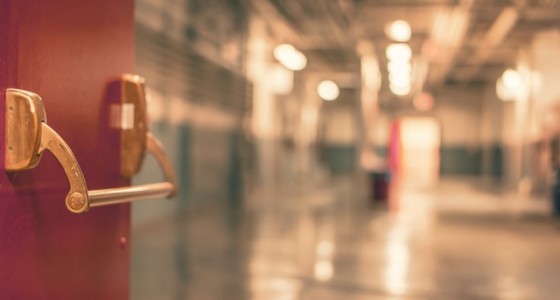Creating the perfect school science lab isn’t easy. You’ll no doubt have many conflicting demands to consider and you’ll have to make sure that the project is completed within your budget. To help you achieve your aims, here are a few common mistakes you’ll want to avoid when you’re designing your new learning environment.
- Creating an inflexible space
The traditional ‘chalk and talk’ model of science learning is becoming increasingly outdated, with modern science lessons involving a much greater proportion of practical work. So, designing a lab that is geared up to theory lessons but isn’t well suited to experiments is a big mistake. For example, if your students have to move to perimeter benching each time you want to stage practical sessions, your classes could be severely disrupted and students will end up having their backs to the teacher.
One way to tackle this problem is to ensure you have multifunctional work benches that are suited to both theory and practical learning sessions. For example, if you opt for a specialist laboratory by Innova Design Solutions, you can include features such as “Hot Corners”. This laboratory layout is designed to allow all students to face the teacher during theory lessons. But with services such as electricity mains and gas taps located on the front face of the benches, students not only have plenty of room for theory work but can also move quickly and easily to conduct experiments as the services are easily accessible.
- Failing to select durable materials
Especially if you’re trying to keep your spending to a minimum, you might be tempted to settle for low-quality materials in your new lab. Although this may save you money in the short term, it could prove to be a mistake in the longer term. After all, your workbenches, flooring and the other features in your science lab will need to be robust to stand up to the rigours of daily use. If they’re not, they will start to show signs of wear and tear very quickly and you may find you end up having to replace them much sooner than you had expected.
When you’re selecting materials for your work surfaces, consider durable options like Trespa, Corian and Velstone. As well as having a professional look and feel, these attractive materials are highly resistant to chemicals, non-porous and able to withstand heat and hard impacts.
- Not providing enough space for students
Space tends to be at a premium in schools, and this can result in classrooms being cramped and having a claustrophobic look and feel. In turn, this can restrict movement and have a negative effect on students’ levels of concentration and motivation. It can also make it harder for teachers to circulate around the room to check on students’ progress.
One way to open rooms up is to include space-saving storage solutions. For example, well-designed teacher walls can incorporate a surprising amount of room to house classroom resources, reducing clutter and freeing up more floor space. Incorporating lockable storage into student work benches is also an efficient use of space, and it provides easy access to resources during lessons.
As long as you think carefully about your science lab and avoid common design pitfalls like these, you should be able to create an inspiring setting for your students and teachers to use.

